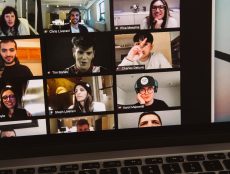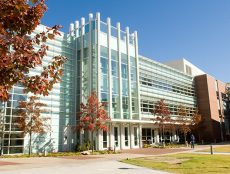
Though it has largely been closed at brick-and-mortar schools, the digital divide affects teachers and students learning from home at higher rates than previously thought. That’s according to a new report from Common Sense and the Boston Consulting Group published on June 29.
Closing the K-12 Digital Divide in the Age of Distance Learning estimates that between 15 and 16 million American public school students lack sufficient devices and/or internet connections at home to pursue distance education. This represents roughly 30% of public school students. When it comes to teachers, a full 10%—between 300,000 and 400,000—are believed to be in the same boat.
The Digital Divide Affects Teachers—And the Consequences Reach Entire Classes
The digital divide affects teachers trying to instruct remotely in similar ways as students. But the consequences are magnified. Without adequate hardware and connections to teach, entire classes are affected.
To bridge this divide for students and teachers, individuals need access to a reliable computing device and a sufficient internet connection. The report estimates that it would require an investment of $7 billion to $12 billion to make this happen.
“This new report shows that not only is the distance learning gap larger than previously estimated but that too many teachers are caught in it, too, and it will require significant and immediate investments from Congress to close it,” said James P. Steyer, CEO and founder of Common Sense, in a statement. “This new data and analysis further highlights the urgency for policymakers, educators, and private companies to address this basic educational equity issue that affects kids in every state. Our report makes clear that during this age of distance learning, we have to act right now to close the digital divide that is leaving millions of kids behind.”
The Technology Gap Affects Every Race, State, and Geography, but not Equally
The digital divide affects teachers and students in urban communities least—at a rate of 21%. In American suburbia, 25% are affected. In rural regions, the figure jumps to 37%.
The digital divide is most prevalent in Native American and Black communities. Over a third of Native American education stakeholders—35%—don’t have the resources to adequately learn remotely. Among Black stakeholders, the figure is 30%. When it comes to Latinos, the digital divide affects teacher and students at a rate of 26%. For Whites, it is 18%.
Some states and districts laid plans to fully reopen brick-and-mortar schools this fall. Following these plans, the U.S. reported the highest number of new coronavirus cases on Friday June 26. On that date, a wave of 40,173 new cases came to light. It remains all but certain that most, if not all, schools will need to continue to keep distance learning on the table as a means to mitigate the spread of the virus.
The data used to come to the report’s conclusions was taken from two nationally representative surveys. The first is the American Community Survey from 2018. The second is the 2018-19 school year data collected by the National Center for Education Statistics. As with most large-scale reports, the data presented relates to the time it was collected.
Featured Image: Aw Creative, Unsplash.









One Comment